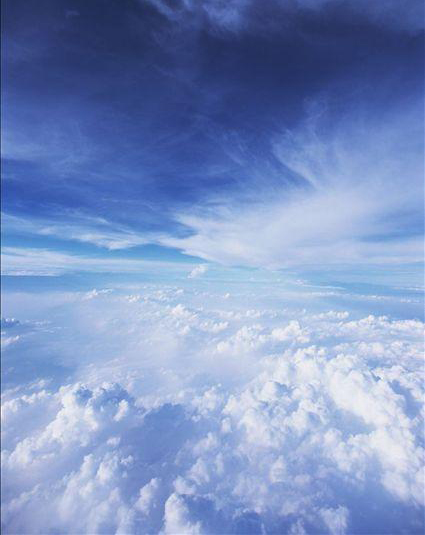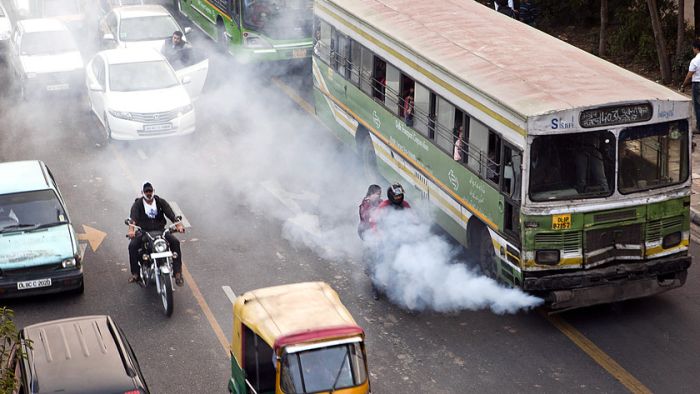The air filled with sour, spicy eyes, choking throat, difficulty breathing, visibility is only tens of meters, all submerged in the thick haze. This is the last few days the reporter in the India capital New Delhi experienced serious haze experience.

, prices have some anti haze masks soared to 2000 rupees (about 200 yuan) one.
“The times of India reported on 8 may >11 said, New Delhi haze in 1952 caused more than 4 thousand deaths in the London haze far behind. On the front page of the India times on the visiting British Prime Minister said:” welcome to the gas chamber, Teresa. “The CNN reported that, according to the U.S. Embassy in New Delhi, on the earth the most polluted city, now can not find the clean air.
India meteorological department said that since the end of October to New Delhi and North Indian region ushered in more than 20 years, the most severe haze, this situation will continue for about a week. According to the India air detection index shows that in recent days, New Delhi PM2.5 high security value is more than 17 times, the highest value was up to 1100 in some areas of India: Hindu >8 reported that the New Delhi area hospital patients increase 30%. India Centre for science and environment report, 10 thousand to 30 thousand people each year due to the haze of death in New Delhi.
At the same time, the pollution has caused serious economic losses in.2013, the world bank assessment, the deterioration of the environment in India every year to pay at least $80 billion in economic cost. The Hindu > reported that due to haze caused low visibility, multi car accident occurred in New Delhi area on the highway, causing many deaths.
With the city of New Delhi, many people and cars, the pollution is becoming more and more heavy pollution days for 46 days. In 1996 the government of India to take specific measures, once had a more obvious effect. However, by 2013, India pollution days increased to 74 days.
At present, New Delhi city vehicle population has reached 25 million, nearly 10 million vehicles. India Centre for science and environment scholar C Manu Vanni told reporters that in addition to vehicle emissions, mainly caused by the haze in New Delhi and North India so serious is the Diwali people set off firecrackers, at present it is agricultural area of Northwest India straw burning this is the season, the farmers to keep the lowest soil fertility cost. Another reason is due to the local government did not implement strict pollution control measures.
In the face of severe haze, New Delhi chief minister Koi Val held an emergency cabinet meeting on 6 May to discuss solutions. The decision of the government of New Delhi since 7 in New Delhi 3700 school holiday for three days, all construction work halted for 5 days, the next 10 days to prohibit the use of all fuel generators, temporarily shut down New Delhi’s Bada coal-fired power plant for 10 days, the government also called for all the people of New Delhi in the home office. From 7 onwards, uninterrupted implementation of sprinkler sprinkler operation, reduce the dust on the road. At the same time, New Delhi to the India central government proposed the implementation of artificial rainfall system to control the dust in the air. The New Delhi municipal government on 7 additional measures, including the car at the age of 15 years of above the vehicle must be canceled heavy trucks and truck passing, can not enter the city, all on fire control, shut down polluting enterprises, New Delhi City banned firecrackers.
At the same time, the pollution has caused serious economic losses in.2013, the world bank assessment, the deterioration of the environment in India every year to pay at least $80 billion in economic cost. The Hindu > reported that due to haze caused low visibility, multi car accident occurred in New Delhi area on the highway, causing many deaths.
With the city of New Delhi, many people and cars, the pollution is becoming more and more heavy pollution days for 46 days. In 1996 the government of India to take specific measures, once had a more obvious effect. However, by 2013, India pollution days increased to 74 days.
At present, New Delhi city vehicle population has reached 25 million, nearly 10 million vehicles. India Centre for science and environment scholar C Manu Vanni told reporters that in addition to vehicle emissions, mainly caused by the haze in New Delhi and North India so serious is the Diwali people set off firecrackers, at present it is agricultural area of Northwest India straw burning this is the season, the farmers to keep the lowest soil fertility cost. Another reason is due to the local government did not implement strict pollution control measures.
In the face of severe haze, New Delhi chief minister Koi Val held an emergency cabinet meeting on 6 May to discuss solutions. The decision of the government of New Delhi since 7 in New Delhi 3700 school holiday for three days, all construction work halted for 5 days, the next 10 days to prohibit the use of all fuel generators, temporarily shut down New Delhi’s Bada coal-fired power plant for 10 days, the government also called for all the people of New Delhi in the home office. From 7 onwards, uninterrupted implementation of sprinkler sprinkler operation, reduce the dust on the road. At the same time, New Delhi to the India central government proposed the implementation of artificial rainfall system to control the dust in the air. The New Delhi municipal government on 7 additional measures, including the car at the age of 15 years of above the vehicle must be canceled heavy trucks and truck passing, can not enter the city, all on fire control, shut down polluting enterprises, New Delhi City banned firecrackers.
Although the New Delhi government has taken these measures, but experts believe that this is a repeat of last year’s practice, too little too late. Times of India >7 headlines reported that serious haze is still not alert the government, preventing haze normalization should take control measures.



 “I bought an air purifier and masks primarily because of my children. My son and daughter were complaining about discomfort in breathing after Diwali night,” says Prasanna Singh, a resident of Alakhnanda in South Delhi. However, he’s clueless about the effectiveness of the masks and air purifier. He adds,
“I bought an air purifier and masks primarily because of my children. My son and daughter were complaining about discomfort in breathing after Diwali night,” says Prasanna Singh, a resident of Alakhnanda in South Delhi. However, he’s clueless about the effectiveness of the masks and air purifier. He adds,
